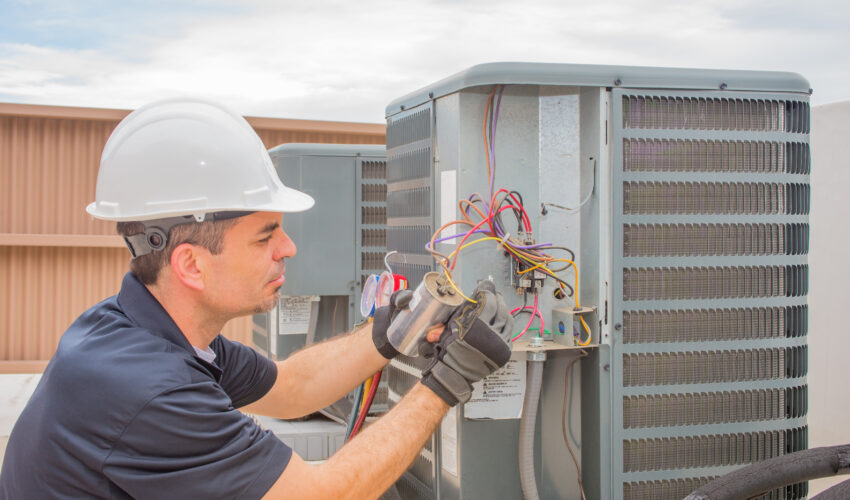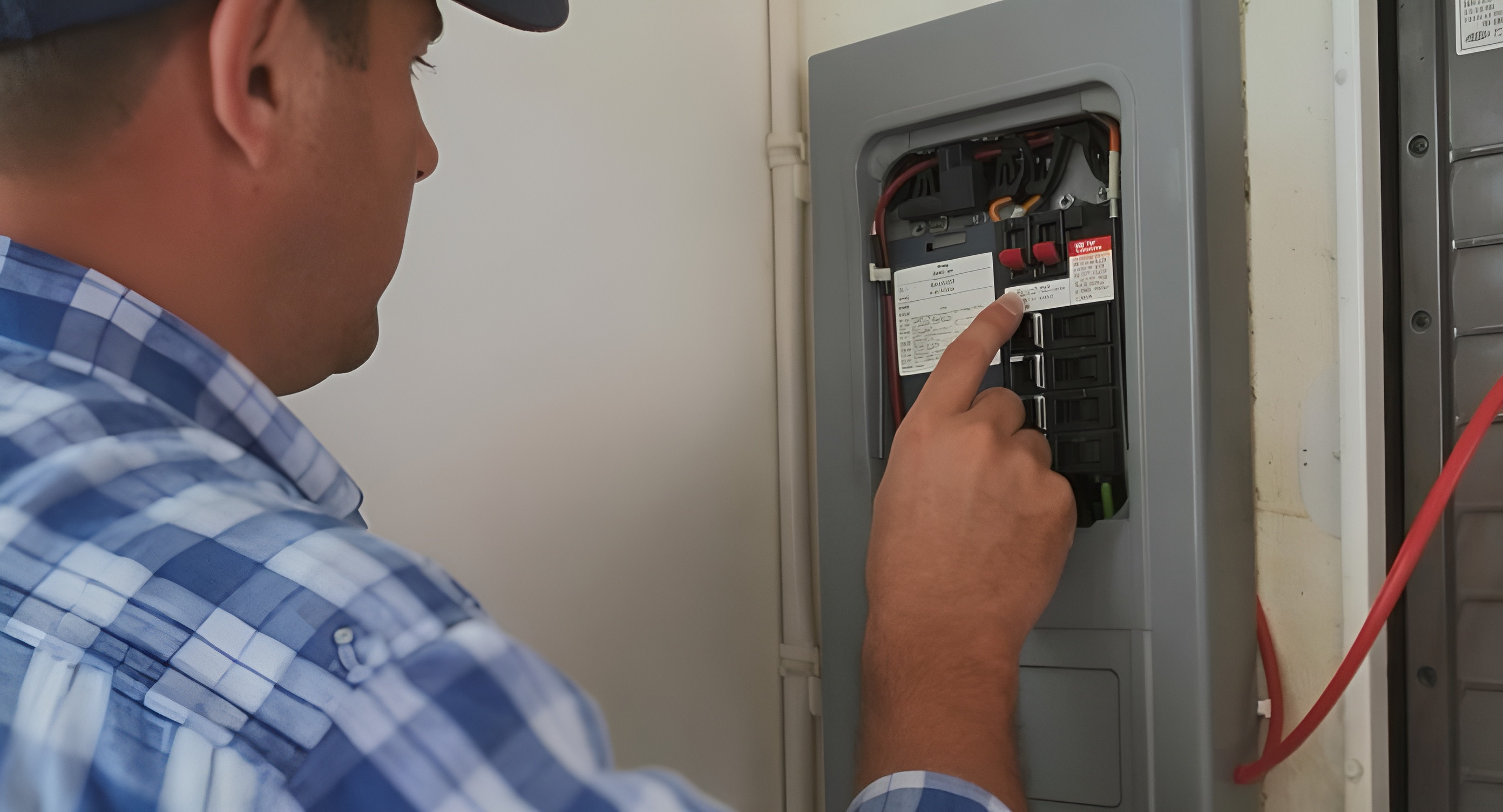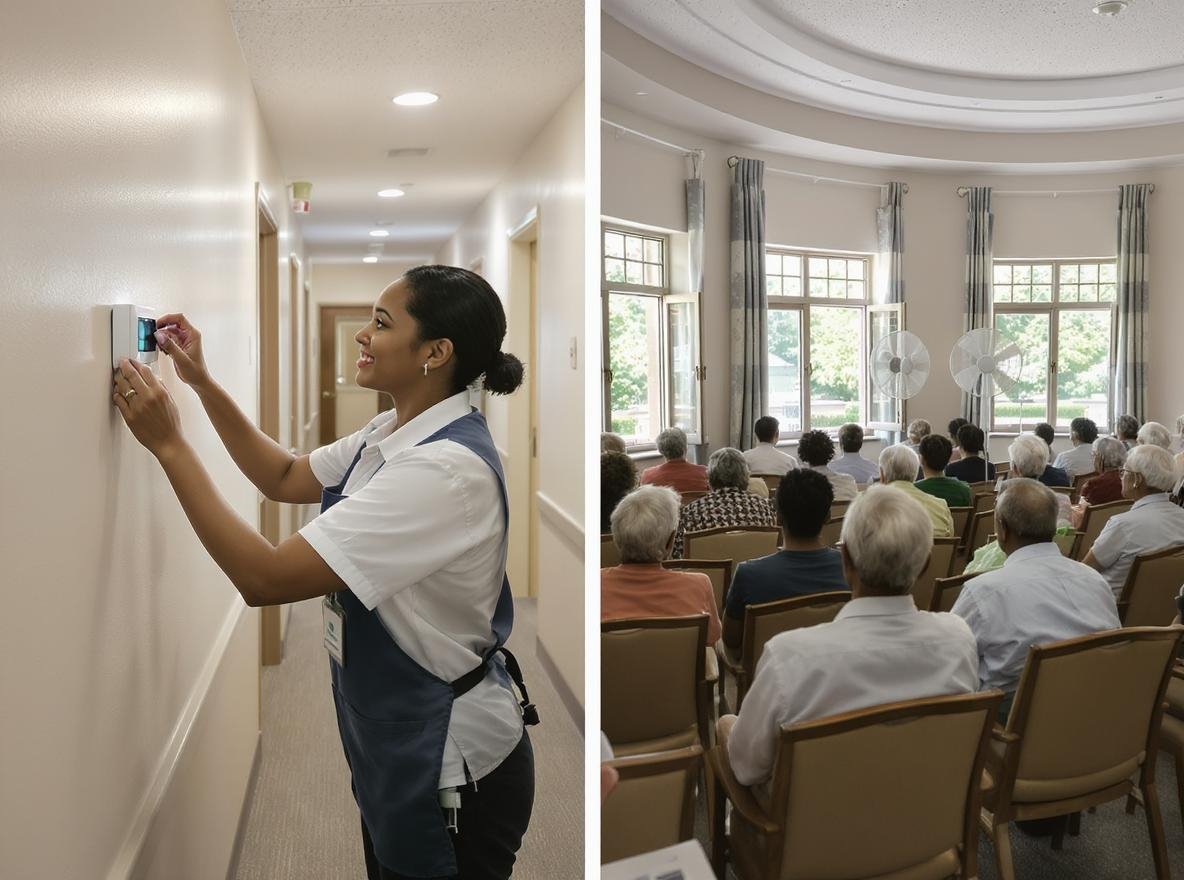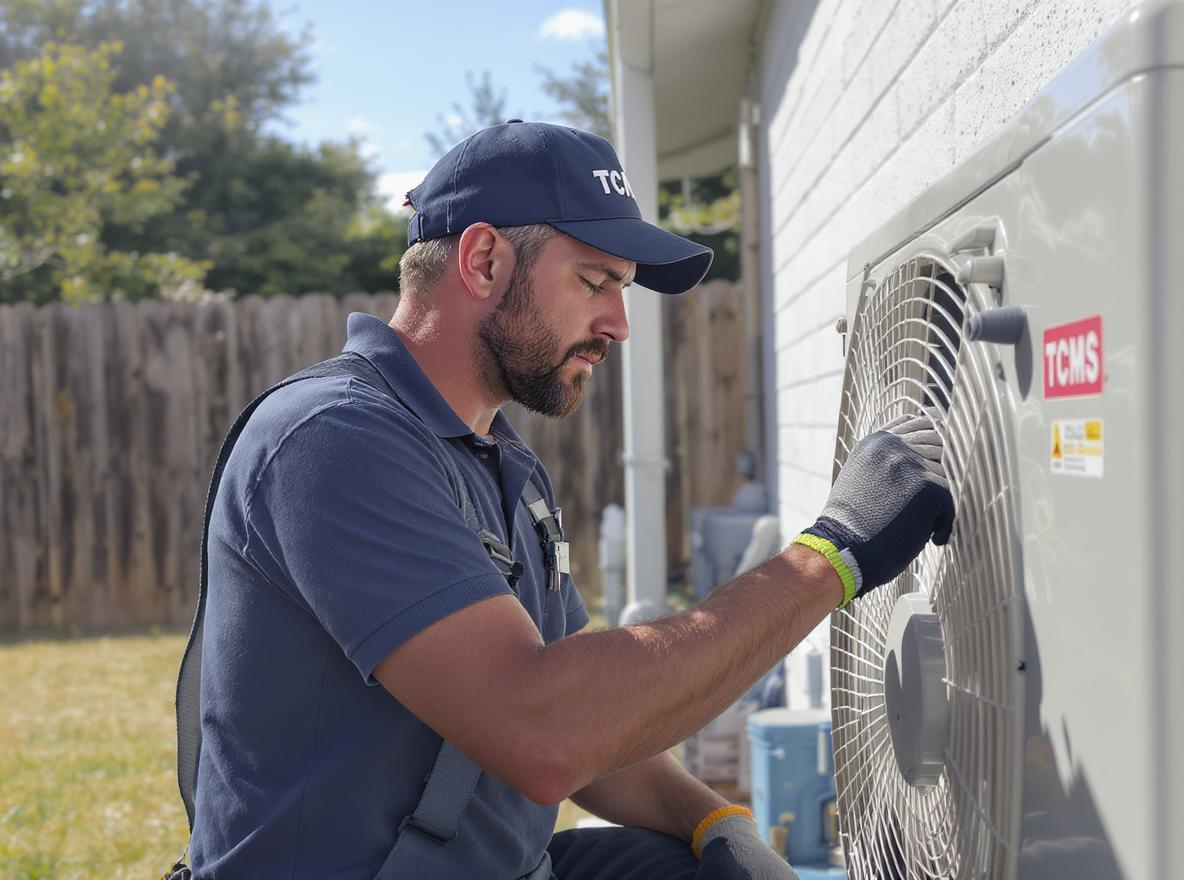As a space owner looking to put up a new commercial HVAC/R system or upgrade their existing one, knowing the size of the HVAC/R system your building needs will put you one step ahead. A business that uses the correct size of Heating, Ventilating, and air conditioning systems realizes efficient energy output and emission and cuts costs simultaneously.
In choosing a commercial HVAC/R system, bigger is not always better. Read on to understand how to correctly estimate your business needs and the size of the HVAC/R system.
Choosing The Right Size of Commercial HVAC/R System
Before you decide to calculate the right size of HVAC/R system for your commercial building, consider the following factors:
- Difference between the desired temperature in your building and the outside environment.
- Design your building and the quantity of insulating material used in the roof and walls.
- The relative position of your building to the sun
- The average size of your space and its occupants.
- Type and amount of lighting used in the space.
- Types of activities carried out in your space, for example, cooking.
Determining these factors will help you estimate the size of the HVAC/R system you need for your space.
How To Size Your Commercial HVAC/R System
The size of HVAC is measured in tons, where one ton equals heat, amounting to about 12,000 British Thermal Units per hour. Sizes of commercial HVAC/R systems range between 2 and 30 tons. Therefore, every technician must determine the building heat load to determine the best HVAC/R System.
We may have stated that factors affecting your building's heat load are; its average size and number of occupants and range in indoor and indoor temperatures, among others. However, practically it has been found that one square foot of your building can be cooled using 25BTU, leading to the following steps when estimating the size of HVAC/R.
- Determine the area of the target space.
- Use 500 to divide the square footage.
- Multiply your answer by 12,000. That is your space load.
- Add 380 and 1200BTU for every occupant and kitchen, respectively.
- Add 1000 BTU to cover for solar radiation in the windows.
- Divide your result by 12,000 to convert to tons. The result is the size of the HVAC/R system you need for your business.
Why Is The Right Size Of HVAC/R System Important
Correctly sizing the HVAC/R system for your commercial space is significant in energy efficiency, low installation cost, and overall performance. Oversized HVAC/R has problems with heating and cooling, which may cause discomfort to occupants and even adverse health conditions like asthma.
Oversized HVAC/R is also uneconomical in terms of energy usage. It leads to faster wear and tear, frequent maintenance, and high installation cost.
Undersized HVAC/R, on the other hand, is inefficient in cooling your space. Due to their small size, it will have to exceed its limits, leading to wear faster and tear, higher energy costs, and occupants will have to wait longer to feel the cooling effect.
Get Professional Help In Sizing Commercial HVAC/R
To get an accurate size of the commercial HVAC/R system, you should seek assistance from a professional. Temperature Control Mechanical Services offers customer-focused heating and air conditioning services. Email us from any location if you need help designing and installing HVAC/R, and visit our website to fill out a schedule request form.



.png)



